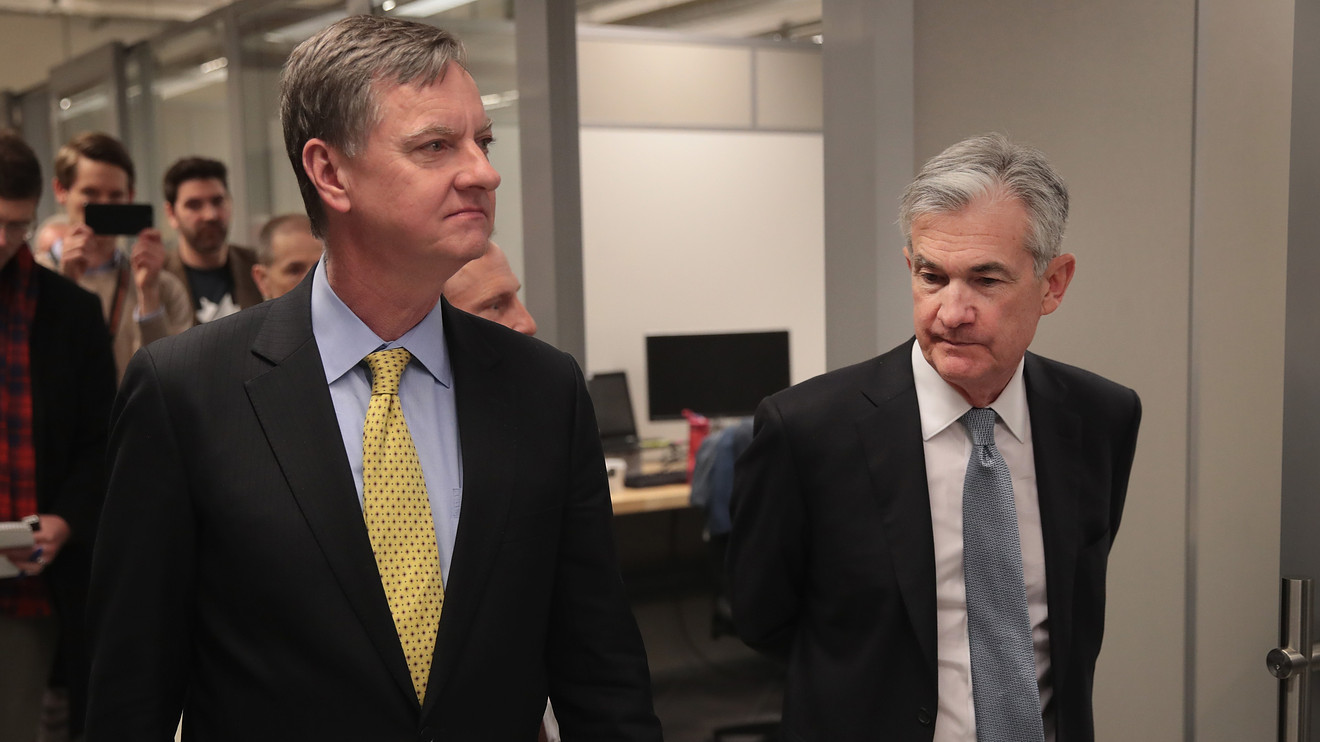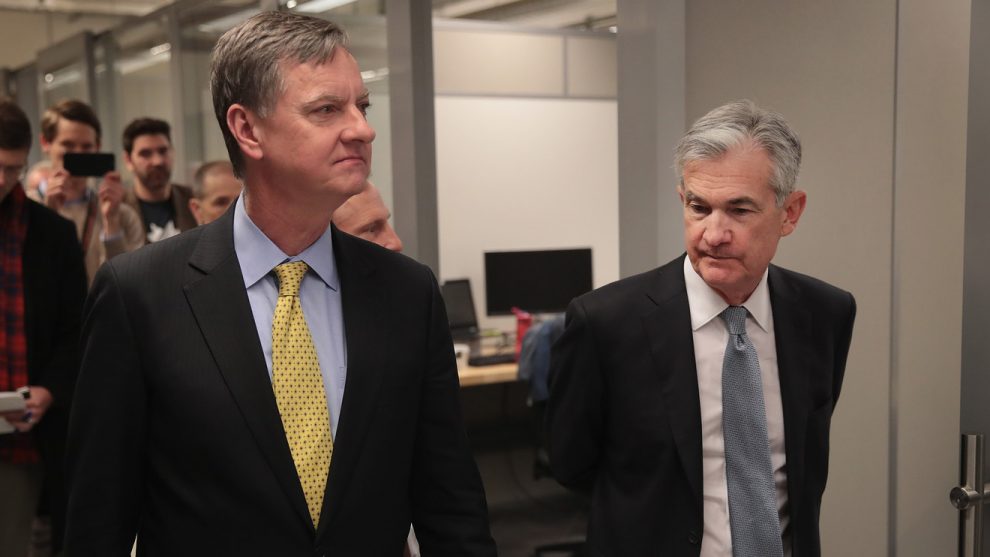
The U.S. central bank should take additional policy steps that convince the public that policy makers will do what it takes to get the economy going and inflation rising, said Chicago Fed President Charles Evans on Thursday.
“A lot of this is convincing…people in the markets and the public that we’re really in it to win it,” Evans said.
Evans said the best policy to achieve this goal would be to establish markers that would need to be reached before the Fed raised interest rates. This is known as “foward guidance.”
Evans is well known for being the driving force behind the use of forward guidance in the aftermath of the 2008 financial crisis. He convinced his colleagues in 2012 to announce publicly that the Fed would not raise rates until the unemployment rate fell below 6.5% or inflation rose over 2%. During that period, the market would often push longer-term interest rates yields higher in anticipation of a recovery, but this had the perverse effect of slowing the economy.
In recent days, Fed Governor Lael Brainard and Philadelphia Fed President Patrick Harker have both also endorsed stronger forward guidance. Brainard said the Fed should allow the economy to run hotter – with inflation above 2% — before hiking rates. The Fed’s benchmark rate is currently at zero.
Other Fed officials, like St. Louis Fed President James Bullard don’t think the stronger promise is needed now. He thinks the market understands that the Fed is keeping its rate at zero.
Fed Chairman Jerome Powell told reporters in June that the central bank “isn’t thinking about thinking about” raising rates.
The Fed has a two-day meeting on July 28-29 where it could consider adopting the foward guidance. Many Fed watchers think the central bank will put off any decision until its mid-September meeting.
Evans dodged the question on timing.
“I anticipate that before too long there will be some developments, but that is for others to announce,” Evans said.
One complicating factor is the that forward guidance is tied to the Fed’s update of its strategic plan, and providing the market and updated view of the Fed’s strategic approach what it means by its twin goals of stable prices and maximum employment.
The COVID-19 pandemic has delayed work on the strategy review.
Evans backed continued easy monetary policy, saying it would be needed to help the economy was still struggling with the pubic health crisis.
“I’m hard pressed to think of reasons why would need to move from accommodative monetary policy,’ he said.
U.S. stocks were lower on Thursday with the S&P 500 index SPX, -0.68% down 21 points in afternoon trading.





